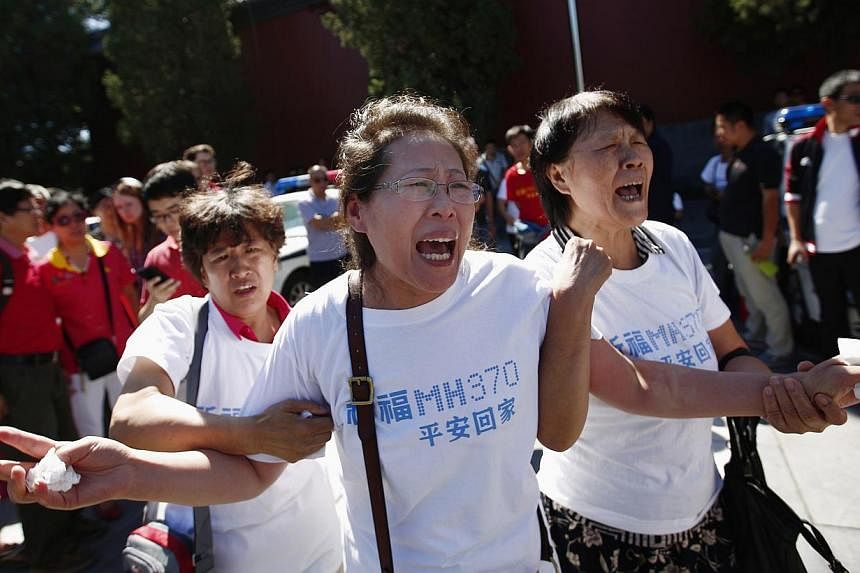South-east Asia was hit with two tragic aviation incidents in 2014, both involving Malaysia's state carrier, Malaysia Airlines (MAS). Flight MH370 went missing on March 8, en route to Beijing from Kuala Lumpur, after it was asked to contact the Ho Chi Minh Air Traffic Control Centre. MAS subsequently confirmed that MH370 lost contact with Subang Air Traffic Control at 2.40am.
A complex search operation involving more than 26 countries in an extensive land and sea search ensued over several weeks, to no avail. On March 24, Prime Minister Najib Razak announced that, "according to new data, Flight MH370 ended in the southern Indian Ocean". Search and rescue operations were narrowed to the southern part of the Indian Ocean, south-west of Australia. In April, search vessels picked up signals matching those of the aircraft's underwater locator beacon, but no plane was found. Visual searches have been suspended, but the underwater search continues.
In addition to a transponder, the plane was equipped with an automatic dependent surveillance-broadcast (ADS-B) tracking system. Unfortunately, both the transponder and the ADS-B can be manually switched off in the cockpit. Most modern aircraft also carry the Aircraft Communications Addressing and Reporting System (Acars), but the data types and transmission frequencies are based on a contractual arrangement. Acars can also be disabled in the cockpit.
We obviously need to improve the robustness of aircraft tracking systems in use today. Although ADS-B tracks aircraft in real time and has existed for years, only 60 per cent of commercial planes are so equipped. Acars is also in limited use. Why? Because of the additional cost to an already financially burdened industry. Regardless, it's critical that airlines address the fact that the tracking systems and black boxes can be manually shut down in the cockpit.
MAS' second tragedy happened four months after the first. Flight MH17 crashed over the rebel-controlled Donetsk region of eastern Ukraine on July 17, presumably hit by a missile. All 298 people on board died.
Avoidable disaster
There was also bad news this spring from South Korea, where the MV Sewol, a cargo ferry carrying 476 passengers, capsized and sank. The vessel departed Incheon at 9pm on April 15, but about 12 hours later, near the south-western tip of the Korean Peninsula, it started to list. The ferry first tilted onto its port side, then turned hull-up, before completely sinking. The accident's toll: 294 dead, with 10 passengers still unaccounted for.
An examination of the incident revealed that its cause was human error and negligence. Although it was quickly determined that the ship's master didn't take decisive action to prepare the passengers or deploy the ship's lifeboats and life rafts for immediate evacuation, there were more fundamental issues. The ferry was bought second- hand in 2012 by the Chonghaejin Marine Co, which modified the vessel, adding passenger capacity beyond the allowance of safety regulations. Compounding this, on the fateful day the ferry operator reduced the ballast water in order to load more cargo. When the ferry made a sudden sharp turn, the cargo shifted, and the ballast was insufficient to right and stabilise the ship.
How did the Sewol, with such unsafe modifications, ever pass inspection? The government had delegated the regulatory and oversight functions of such vessels to private operators and industry associations. This, in effect, left the task of ensuring passenger safety to the shipping industry, whose main priority isn't safety. In addition, the relevant emergency response agencies failed to respond in a timely manner - a reminder that good contingency planning and emergency preparedness are of the utmost importance.
Sadly, these three transportation tragedies hold many rich lessons for governments, regulatory agencies and the industries involved. We would do well to learn from them and make corrections before another deadly incident occurs.
This article appears in the Nov 3, 2014 issue of Forbes.

